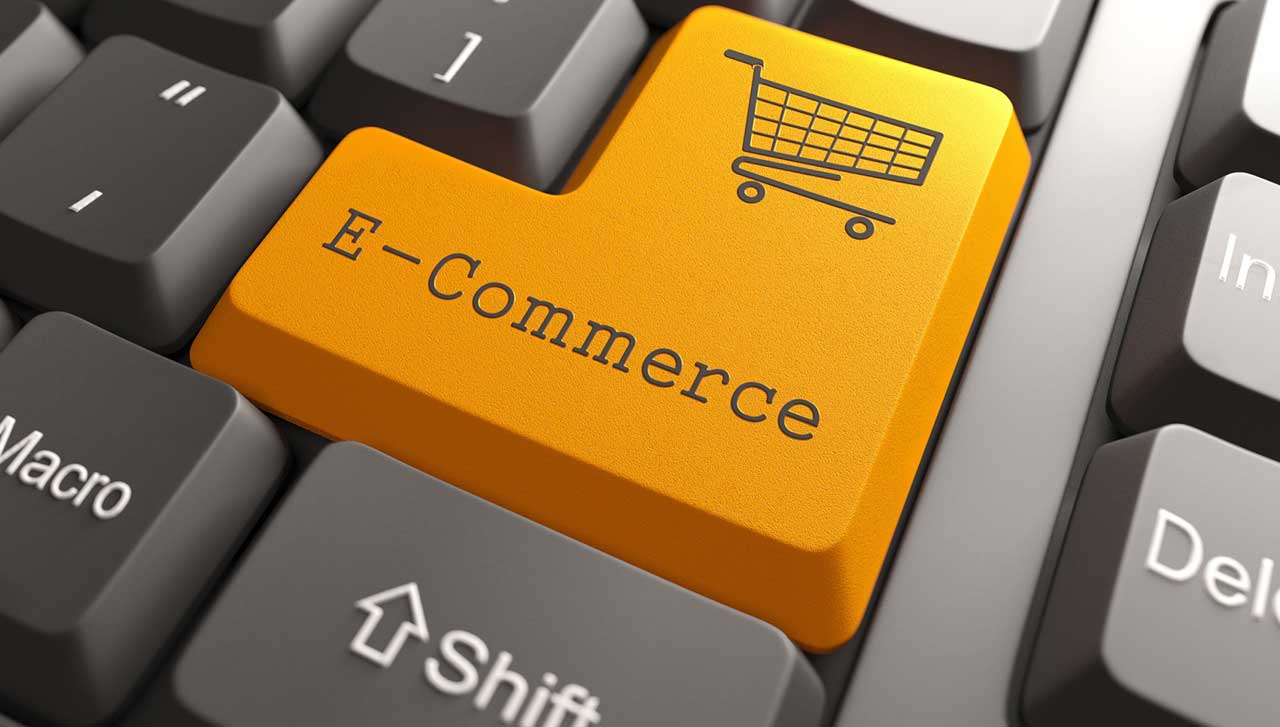Ecommerce, also known as electronic commerce or online shopping, refers to the buying and selling of goods or services over the internet. It has revolutionized the way we do business and has greatly impacted the global economy.
The rise of ecommerce can be attributed to the widespread availability of internet access and the advancement of technology. With the click of a button, consumers can now purchase items from the comfort of their own homes without the need to physically visit a store. This convenience has led to an increase in online shopping and has also made it possible for small businesses to reach a global market.
There are several types of ecommerce models, including business-to-consumer (B2C), business-to-business (B2B), consumer-to-consumer (C2C), and mobile commerce (m-commerce). B2C ecommerce refers to the sale of goods or services from a business to a consumer, while B2B ecommerce refers to the sale of goods or services between businesses. C2C ecommerce, also known as peer-to-peer (P2P) commerce, refers to the sale of goods or services between individuals. M-commerce, as the name suggests, refers to the buying and selling of goods or services through mobile devices.
One of the biggest advantages of ecommerce is the ability to reach a global market. Online stores do not have the same limitations as physical stores, which are restricted by location. This means that businesses can sell their products to customers all over the world, without the need to set up physical stores in each country.
Another advantage of ecommerce is the ability to gather data and analyze customer behavior. Online retailers can track customer data such as browsing history, purchase history, and search queries. This data can be used to personalize the shopping experience and target specific demographics.
Ecommerce also eliminates the need for traditional brick-and-mortar stores, which can be costly to set up and maintain. This means that small businesses can now compete with larger corporations, as they do not need to invest in a physical storefront.
However, ecommerce also has its drawbacks. One of the biggest challenges facing online retailers is the issue of trust. Consumers are often hesitant to make purchases online, as they are unable to physically inspect the product before making a purchase. This can be overcome through the use of detailed product descriptions, high-quality images, and customer reviews.
Another challenge facing ecommerce is the issue of shipping and handling. Online retailers need to ensure that their products are delivered on time and in good condition. This can be a complex and costly process, especially for businesses that operate on a global scale.
In conclusion, ecommerce has greatly impacted the way we do business and has made it possible for small businesses to reach a global market. While there are challenges facing online retailers, such as the issue of trust and shipping and handling, the advantages of ecommerce far outweigh the drawbacks. As technology continues to advance and internet access becomes more widely available, we can expect to see ecommerce continue to grow and evolve in the future.




0 Comments